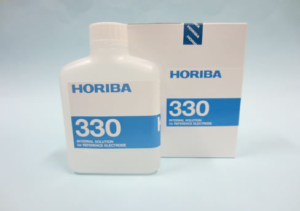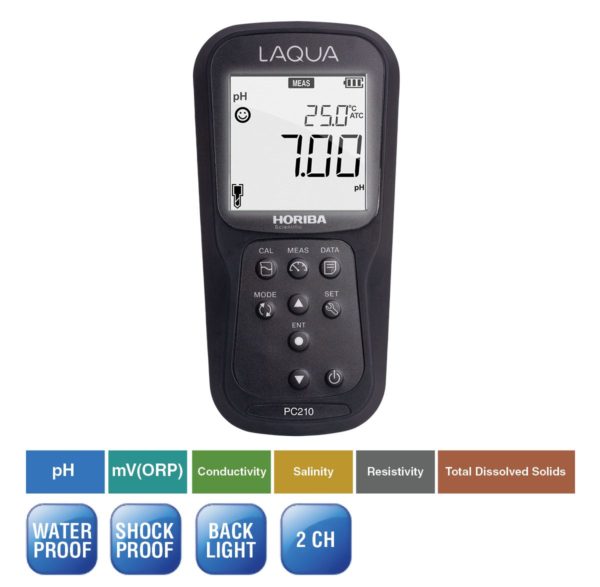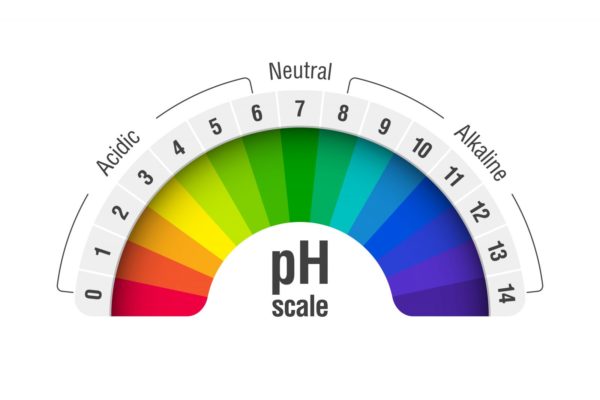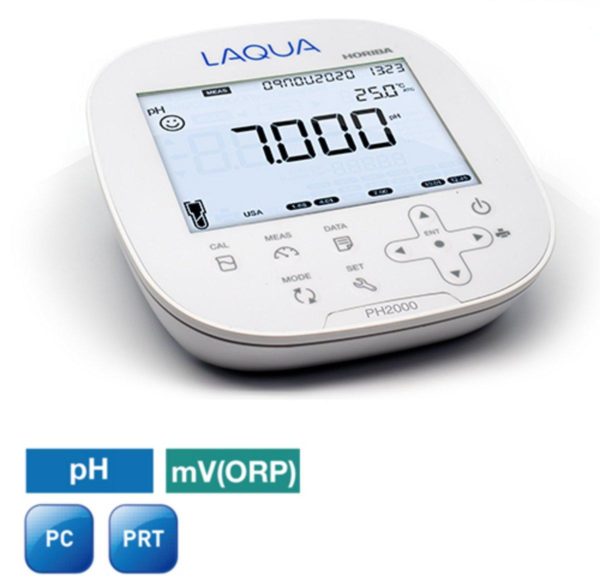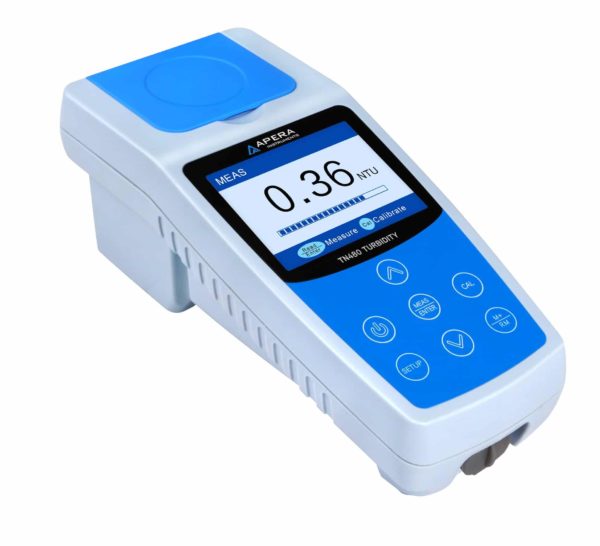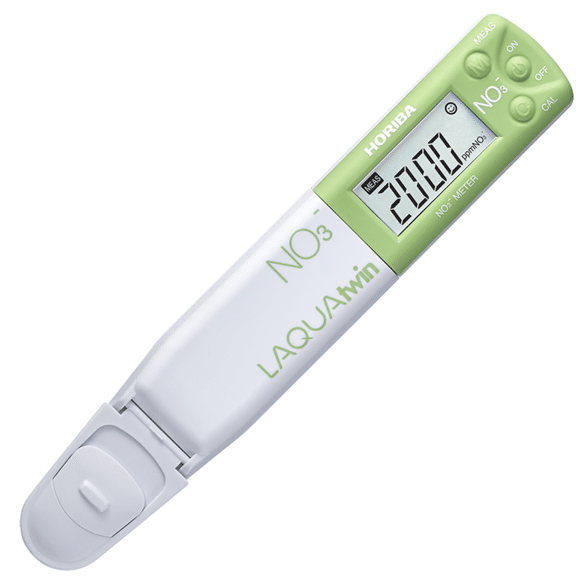IMPORTANT INFORMATION REGARDING pH MAINTENANCE
*All operators of this equipment should read this note*
To maintain the optimal performance of the pH reference electrode, regularly replenish it with potassium chloride (KCl) #330 internal electrolyte solution. This is provided with the U-50 equipment. Follow these steps for proper topping up:
- Peel back the flat black rubber cap (liquid junction cap) by placing a fingernail under the edge and carefully removing it.
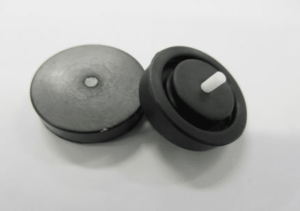
- Directly pour the HORIBA #330 solution into the pH reference electrode. Ensure an adequate amount to replenish the electrolyte solution.
- Replacing the cap will result in the overflow of any excess solution, which can be easily washed off.
This routine maintenance ensures that the pH reference electrode remains properly filled with the necessary electrolyte solution. This will promote accurate and reliable pH measurements.
At the core of the flat black rubber cap lies a small porous wick, serving as the liquid junction. This crucial element facilitates the passage of electrolytes from the reference electrode into the sample. If this wick becomes obstructed by dirt, it can impede the flow of the electrolyte solution. This can lead to adverse effects on pH measurements. Regular attention to and maintenance of this porous wick is essential to ensure unimpeded electrolyte flow and optimal pH measurement performance.
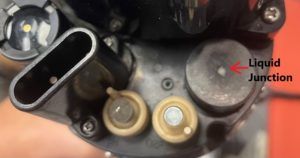
Cleaning of Reference Electrode Due To Solidification
Regular topping up of the reference solution in the chamber is crucial to prevent the potassium chloride (KCl) solution from solidifying or crystallizing inside. In the event of solidification, the following steps can be taken:
- Rinse out the reference electrode with distilled water (or clean tap water) to remove the solidified solution. Using a plastic bottle with a nozzle can be particularly handy for this purpose.
- If a cotton bud is employed to clear any KCl solution, exercise caution to avoid bending the metal pin protruding from the base of the reference electrode.
- Once the old KCl solution has been effectively removed, refill the chamber with fresh solution.
Performing simple maintenance tasks like this is important, and they can be done without unscrewing the entire pH reference electrode. This approach ensures the integrity of the electrode while facilitating routine maintenance for optimal performance.
Implementing a routine practice of completely replacing the internal electrolyte solution in the reference tip every 2-3 months is highly advisable. This proactive approach helps prevent the solidification of the potassium chloride (KCl) solution. By adhering to this regular replacement schedule, you can easily maintain the reference electrode. The process involves removing the liquid junction cap, inverting the probe, allowing the old solution to pour out, and subsequently refilling the reference electrode with fresh solution #330. This practice ensures the consistent performance of the electrode and contributes to the longevity and accuracy of pH measurements.
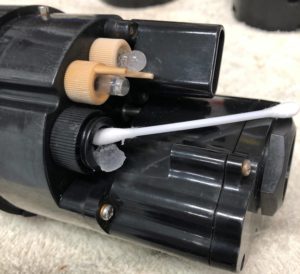
Example of pH reference filling solution solidified (at the tip of cotton bud) inside the pH reference electrode.
pH Glass Electrode
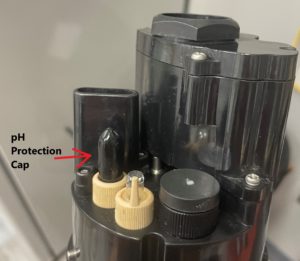
The pH glass electrode constitutes the second component of the pH system. It is imperative to ensure the cleanliness and moisture retention of the pH glass electrode during storage. This will uphold accurate readings and a swift response time. Before use, it is essential to remove the small black plastic storage cap on the pH glass electrode.
After use, apply a few drops of pH electrode storage solution or clean tap water to the small plastic cap. Securely place the cap over the glass electrode.. Prolonged dryness, lasting for weeks to months, can accelerate the deterioration of the pH glass electrode. Emphasizing the importance of proper storage practices.

